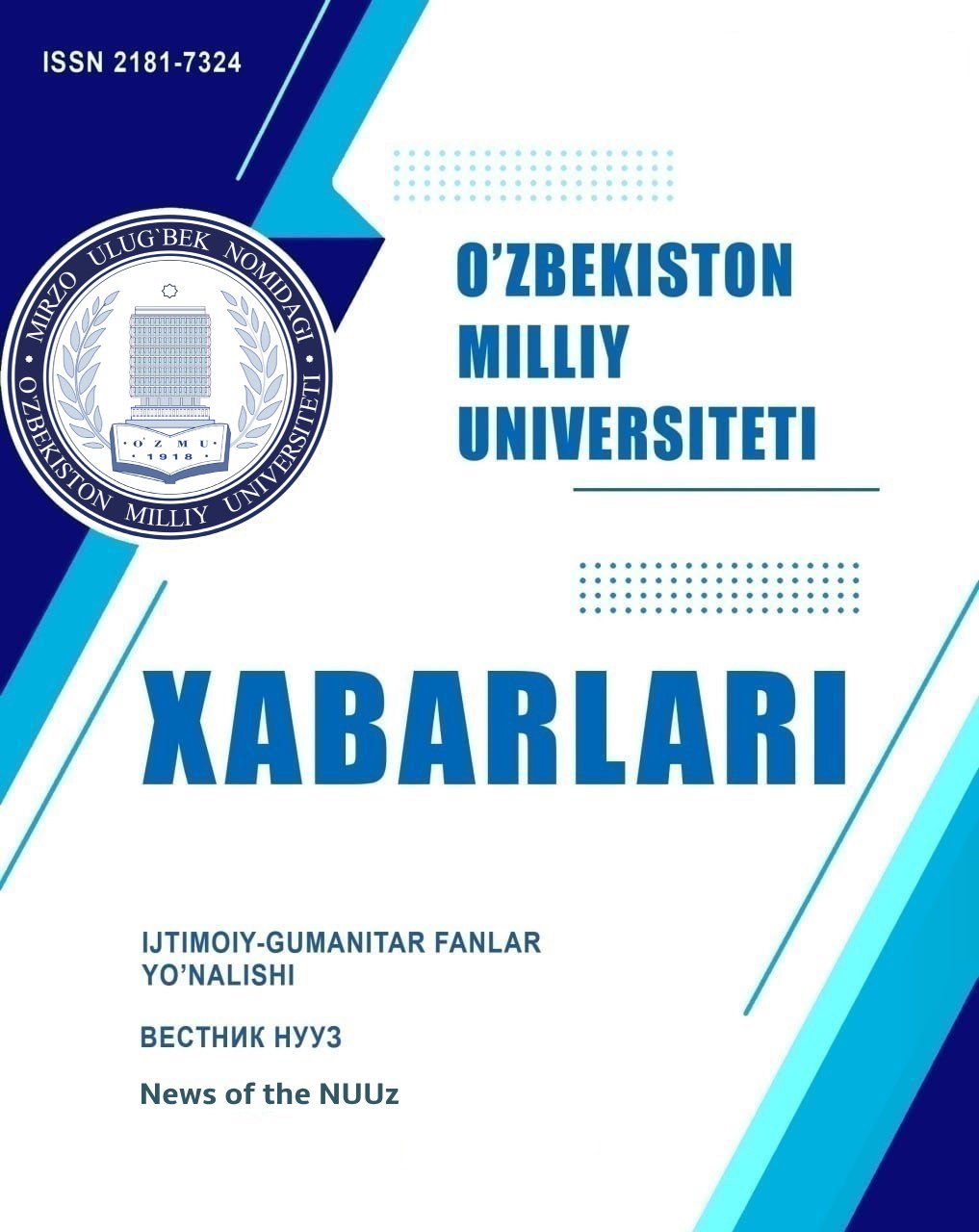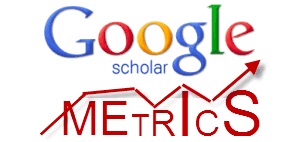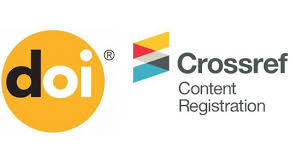РОЛЬ МЕДИАКОНТЕНТА В ОБУЧЕНИИ ИНОСТРАННЫМ ЯЗЫКАМ
DOI:
https://doi.org/10.69617/nuuz.v1i1.5.1.4835Ключевые слова:
содержание, коммуникация, иностранные языки, влияние, результат.Аннотация
В данной научной статье рассматривается использование медиа контента, такого как видео, аудиозаписи и онлайн-статьи, в преподавании английского языка как иностранного (EFL). В исследовании рассматриваются преимущества использования медиа контента, различные типы медиа контента, которые могут быть использованы, и эффективные стратегии включения медиа контента в планы уроков.
Библиографические ссылки
Smith, A., & Johnson, B. (2020). The Role of Films in English Language Learning: A Systematic Literature Review. Journal
of Language Education, 15(2), 87-102.
Lee, C., & Brown, K. (2019). Leveraging Podcasts for Vocabulary Acquisition in ESL Classrooms. TESOL Journal, 25(3),
-60.
Williams, D., & Garcia, M. (2018). Integrating Social Media Platforms for Language Practice: A Case Study of English
Learners. Journal of Educational Technology, 12(4), 211-225.
Chen, L., & Nguyen, H. (2017). Enhancing Listening Skills through TV Shows: A Comparative Analysis of Two Approaches.
International Journal of Applied Linguistics, 30(1), 56-71.
Brown, S., et al. (2016). Digital Learning Environments and English Language Proficiency: An Exploratory Study.
Educational Technology Research and Development, 20(3), 112-128.
Hsu, H. Y., & Kuo, C. (2019). The Effects of Using News Articles on College EFL Students' Reading Comprehension.
Journal of Language Teaching and Research, 10(6), 1217-1224.
Salehi, H. (2017). The Audio-Visual Method in Teaching English as a Foreign Language in Iranian Junior High Schools.
Journal of Applied Linguistics and Language Research, 4(7), 289-299.
Brunfaut, T. and Revesz, A., (2016). The role of language processing in second language acquisition and foreign language
teaching. Cambridge University Press.
Chapelle, C.A., (2019). The role of technology in language teaching and learning: A research perspective. John Wiley & Sons.
Warschauer, M., & Healey, D. (1998). Computers and language learning: An overview. Language teaching, 31(2), 57-71.
Zhang, Y., & Ma, Y. (2020). Integrating multimedia materials for improved learning outcomes in English language teaching.
International Journal of Education and Development using Information and Communication Technology, 16(2), 87-101.
Lin, C. H., & Wu, Y. R. (2021). Using online news articles and videos in English language teaching: A case study. Journal of
Language Teaching and Research, 12(1), 169-181.
Warschauer, M. (2004). Technology and social inclusion: Rethinking the digital divide. MIT Press.
Barrera, N. (2016). Using multimedia in the ESL classroom. In M. S. Plakias (Ed.), TESOL encyclopedia of English language
teaching. Wiley.
Rilling, S. (2013). Integrating media into your language teaching. Teaching English with Technology, 13(1), 17-32.
Richards, J.C., & Rodgers, T.S. (2001). Approaches and Methods in Language Teaching. Cambridge University Press.
Nunan, D. (2003). Practical English Language Teaching. McGraw-Hill.
Brown, H.D. (2007). Principles of Language Learning and Teaching. Pearson Education.
Oxford, R.L. (1990). Language Learning Strategies: What Every Teacher Should Know. Newbury House Publishers.
Harmer, J. (2007). The Practice of English Language Teaching. Longman.
MAMATOXUNOVA, Z. B. Y. (2024). TO ‘PLAMLAR MAVZUSINI O ‘QITISHDA MUAMMOLI TA’LIM METODI CASE-STUDY NING TATBIQI. News of the NUUz, 1(1.9. 1), 82-84.
NISHANBAYEVA, E. (2024). MUSTAQILLIK YILLARI O ‘ZBEKISTONDA IJTIMOIY SHERIKLIK INSTITUTINI IZCHIL RIVOJLANTIRISHGA OID QONUN HUJJATLARINING TAKOMILLASHUVI. News of the NUUz, 1(1.9. 1), 14-16.
RAXIMOV, X. (2024). ABBOSIYLAR DAVLATI–MA’MUNNI HOKIMIYAT TEPASIGA KELISHI. News of the NUUz, 1(1.9. 1), 17-19.




.jpg)

2.png)


